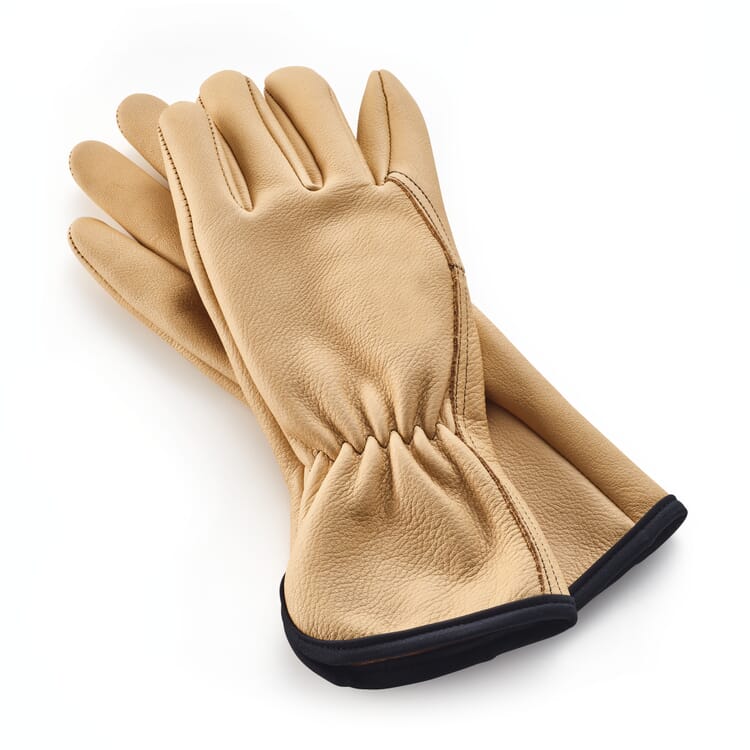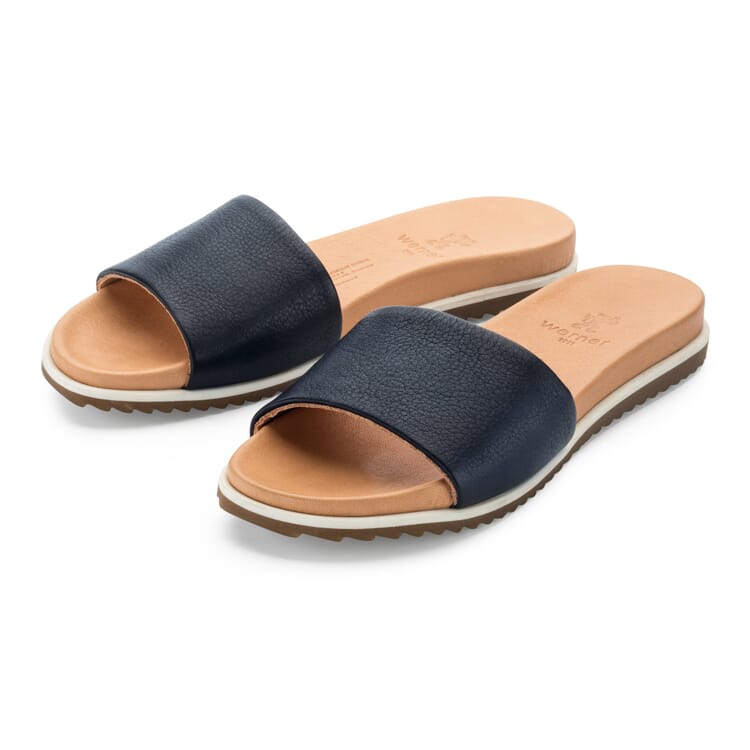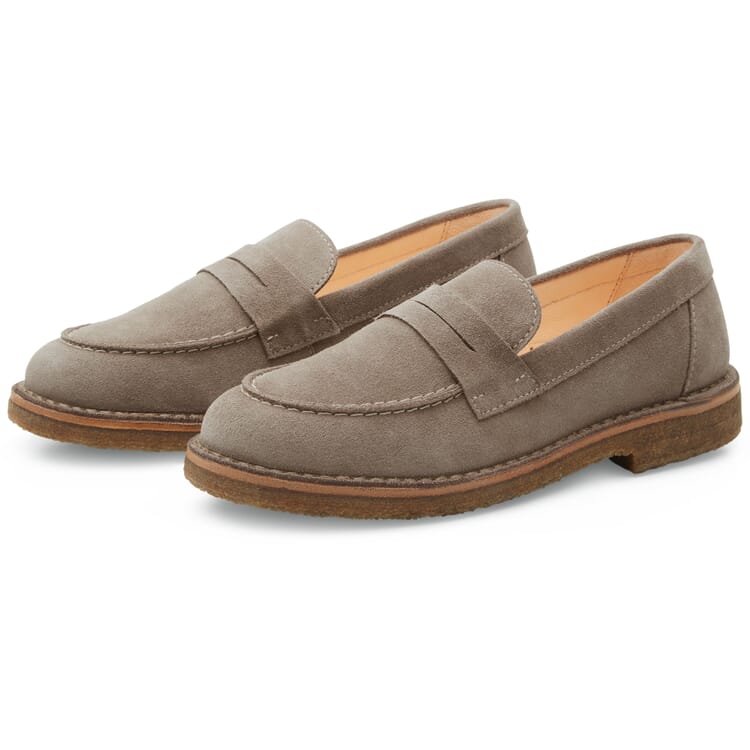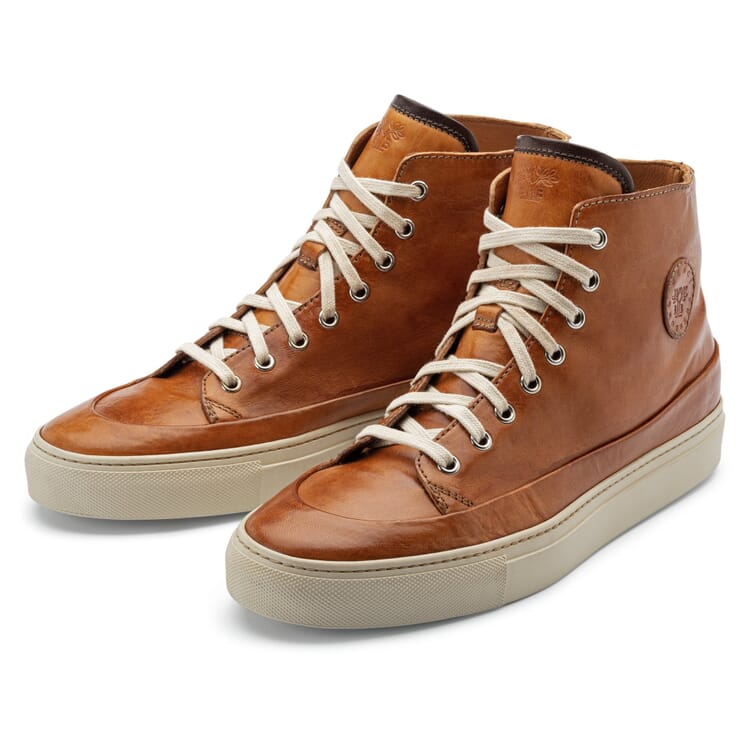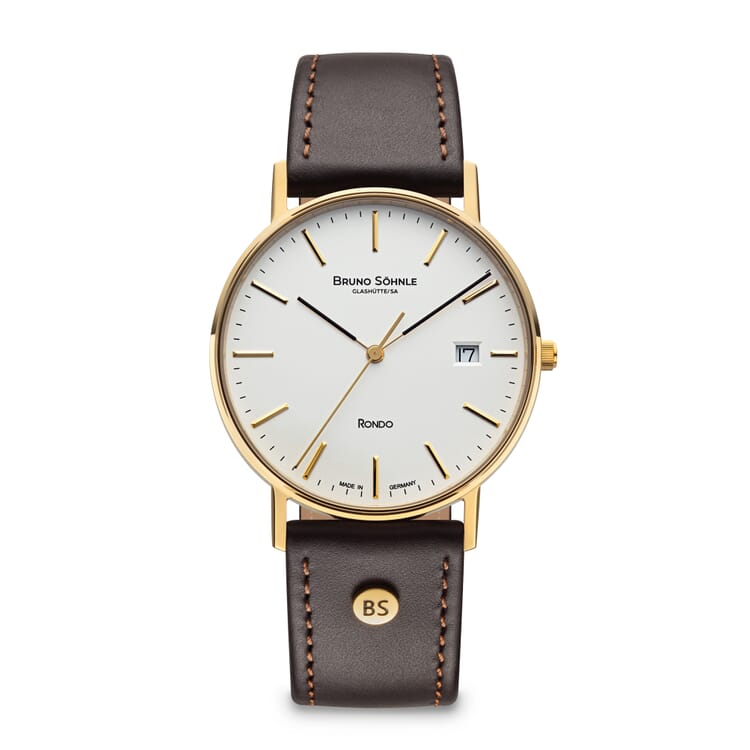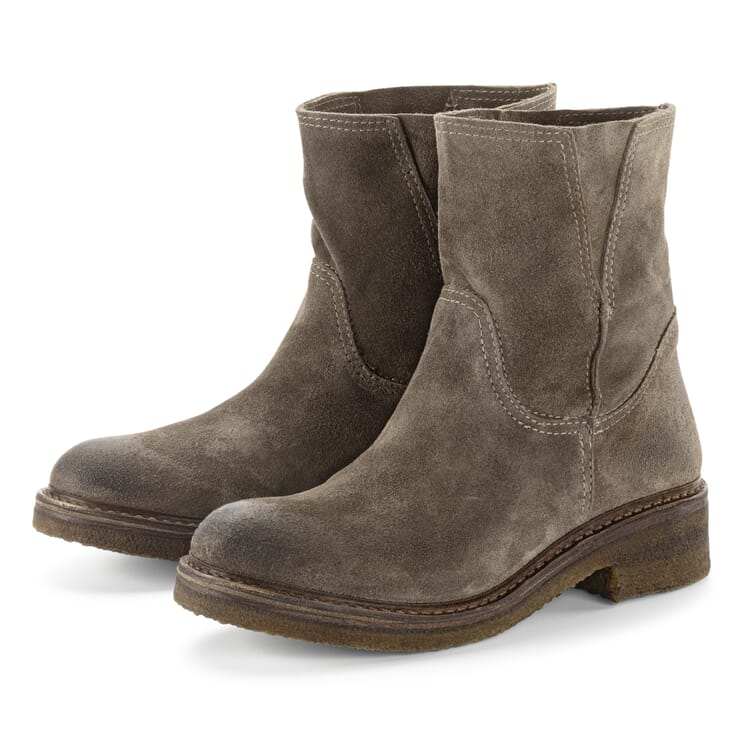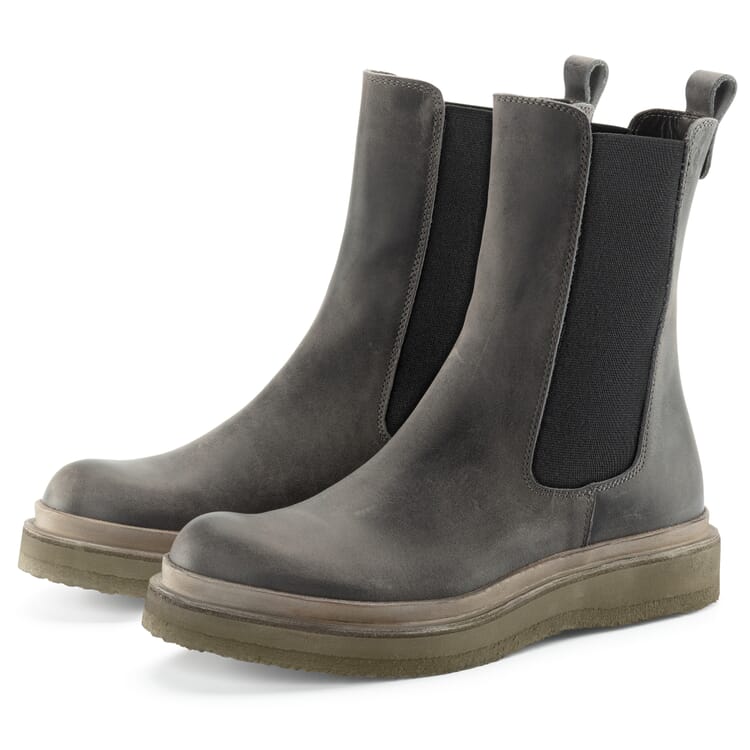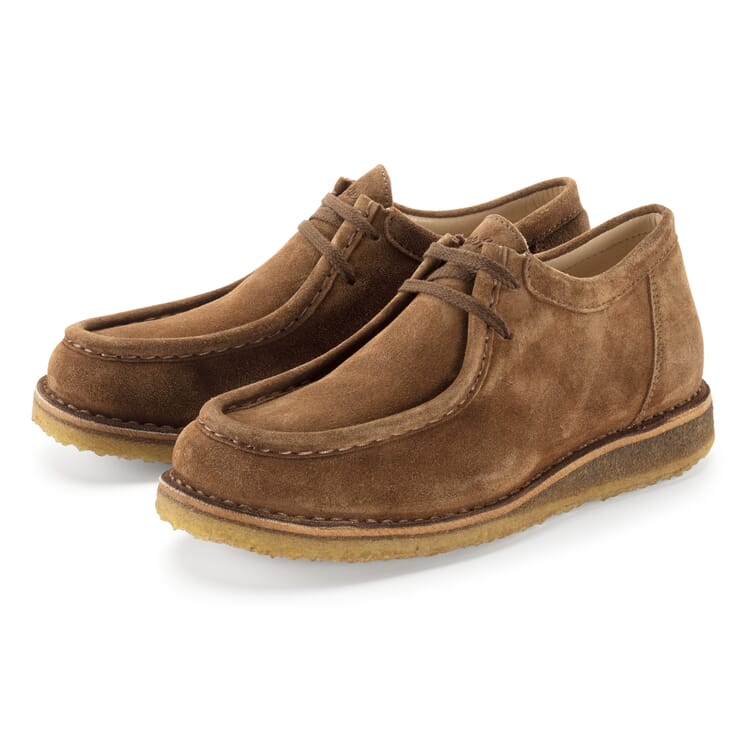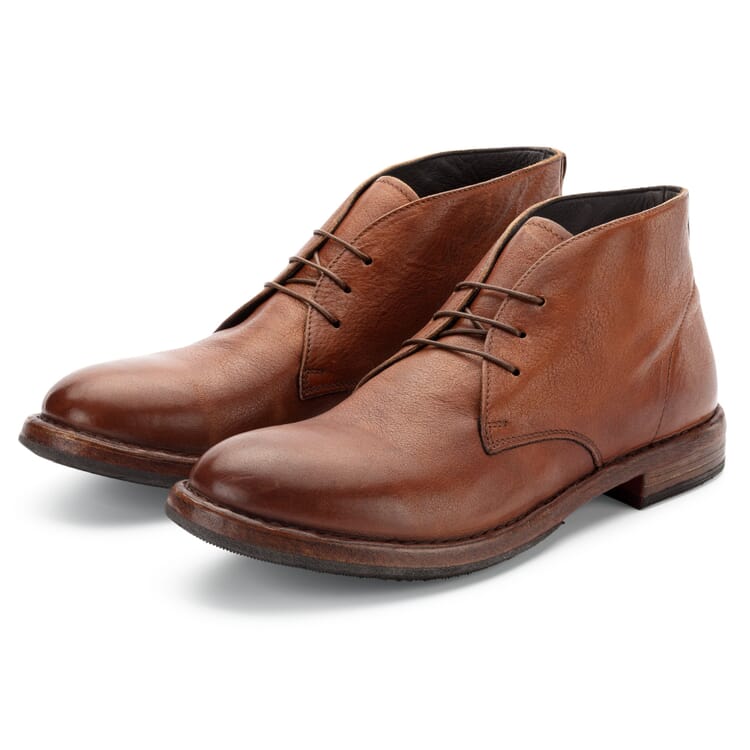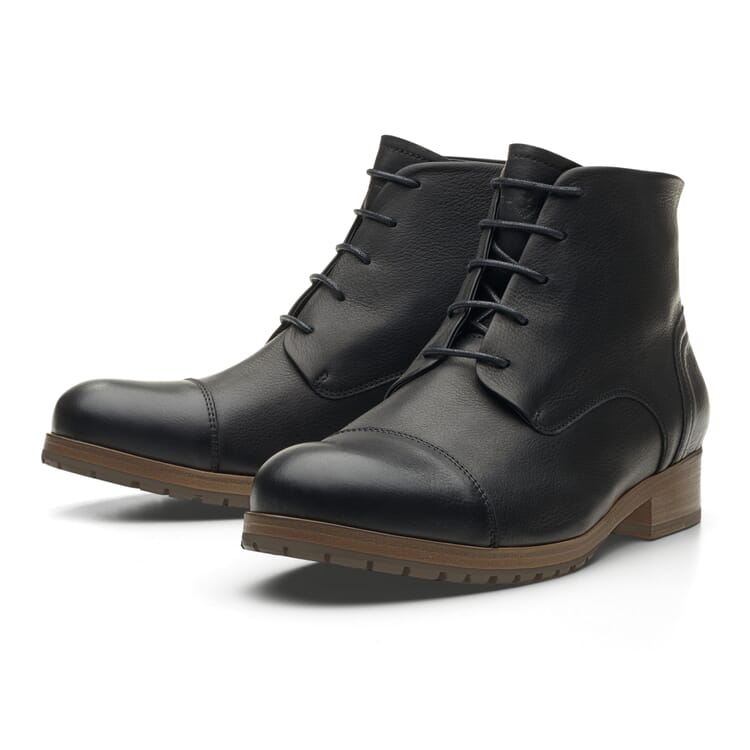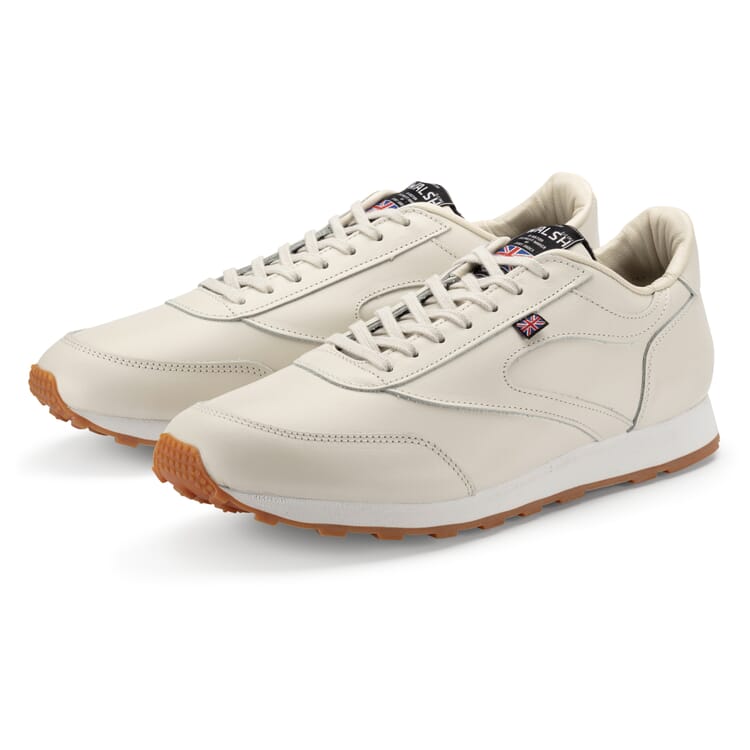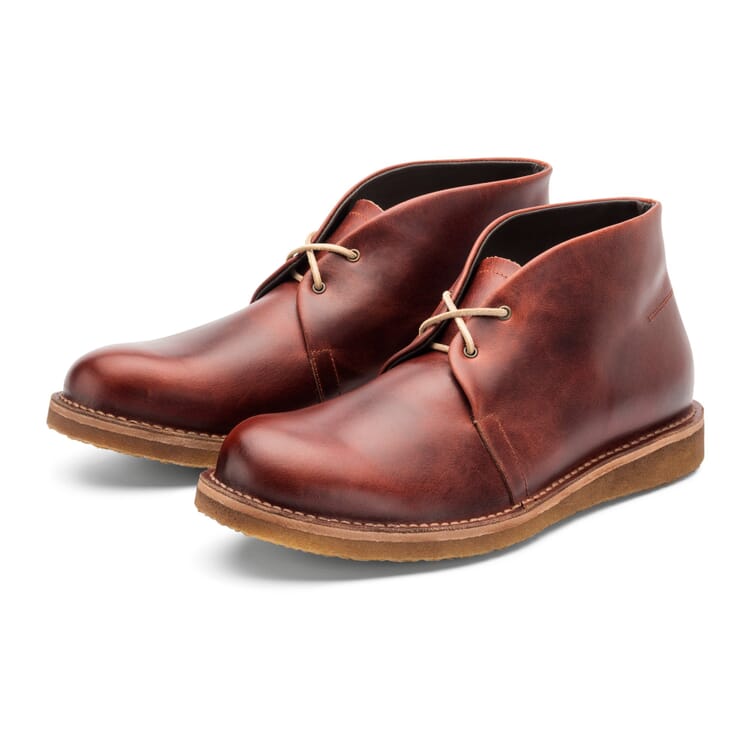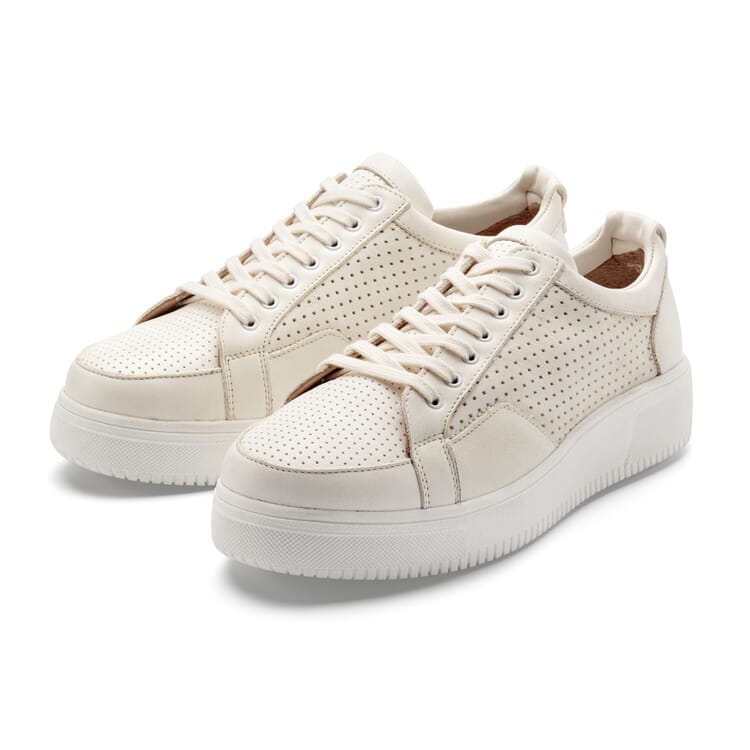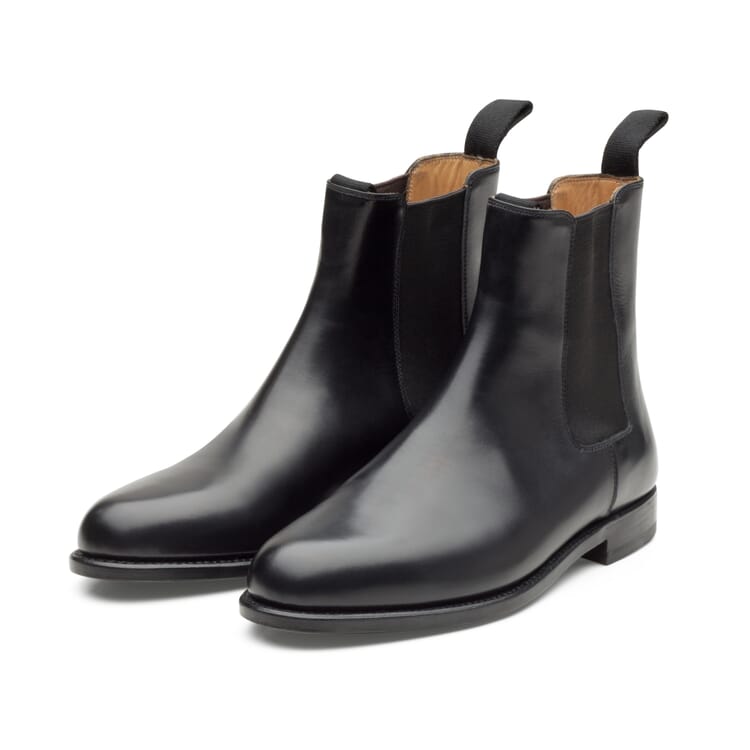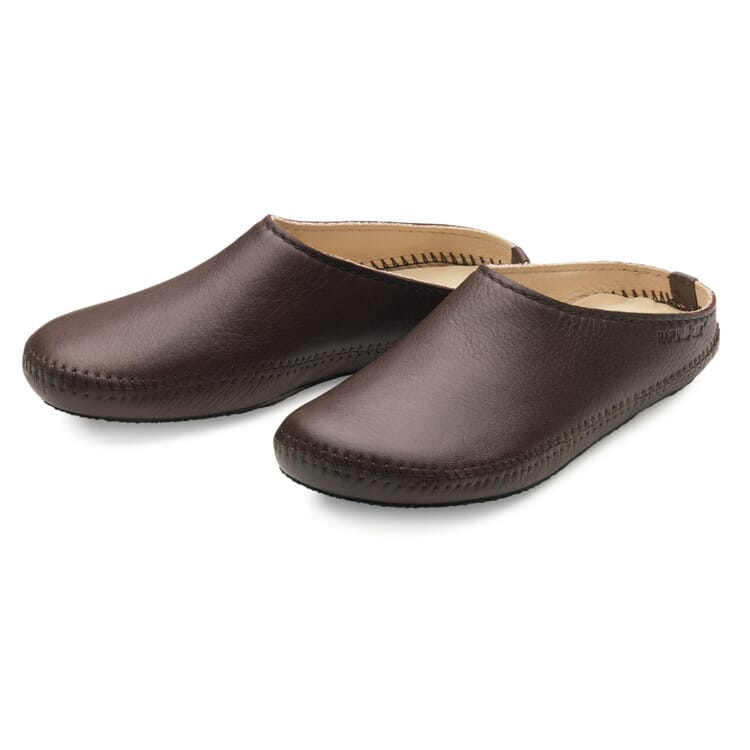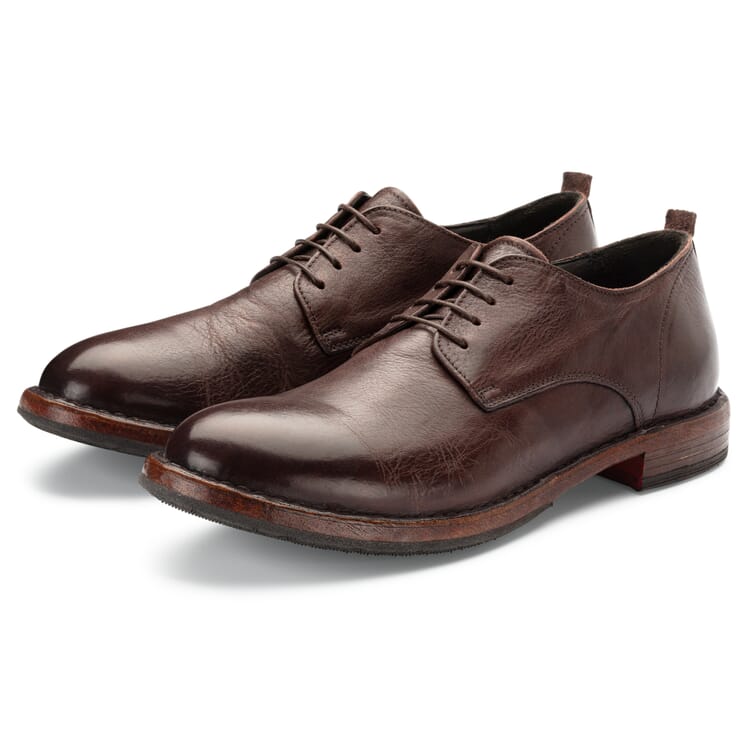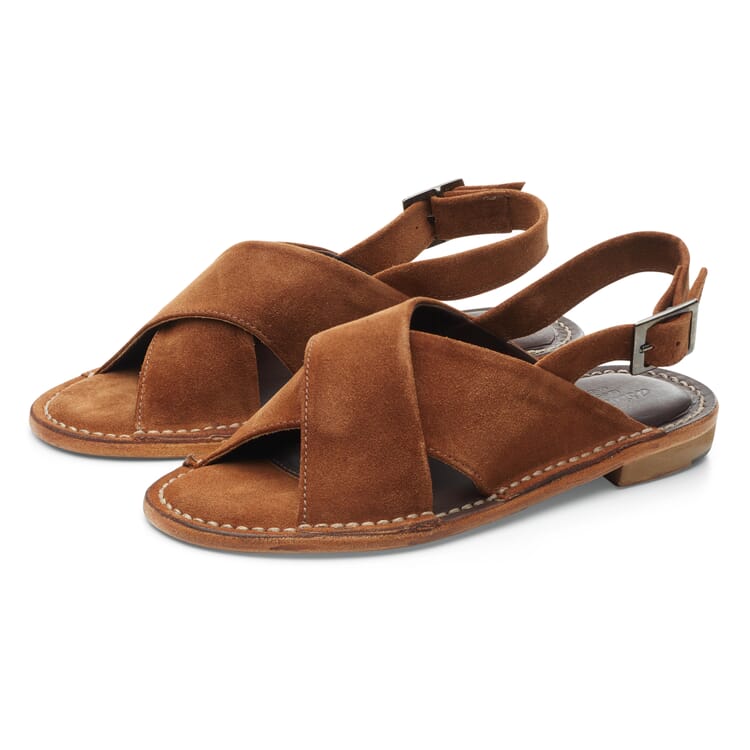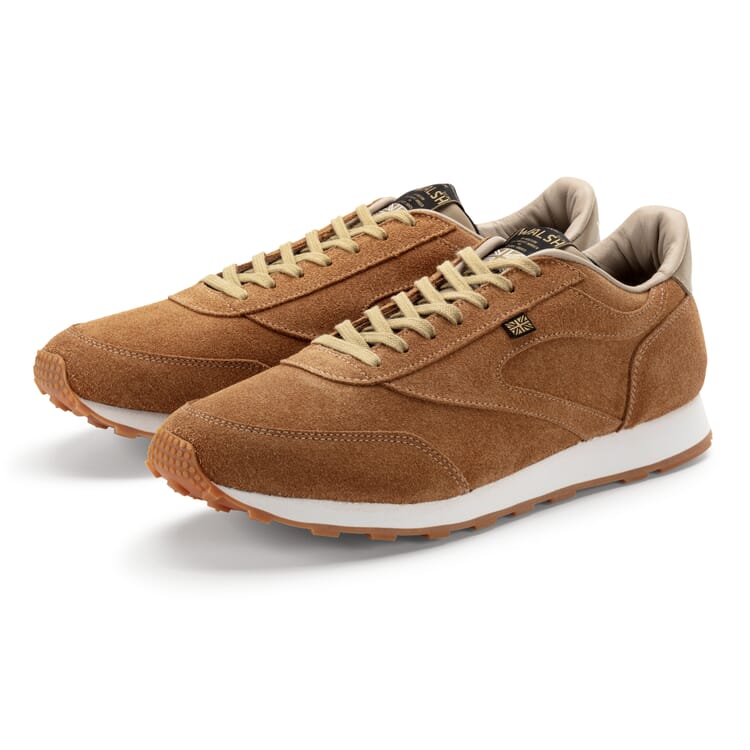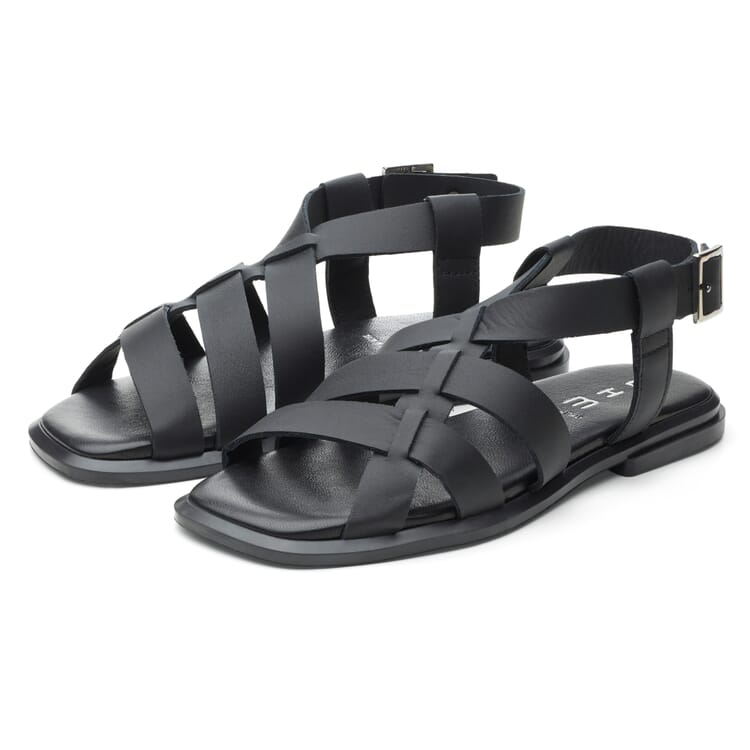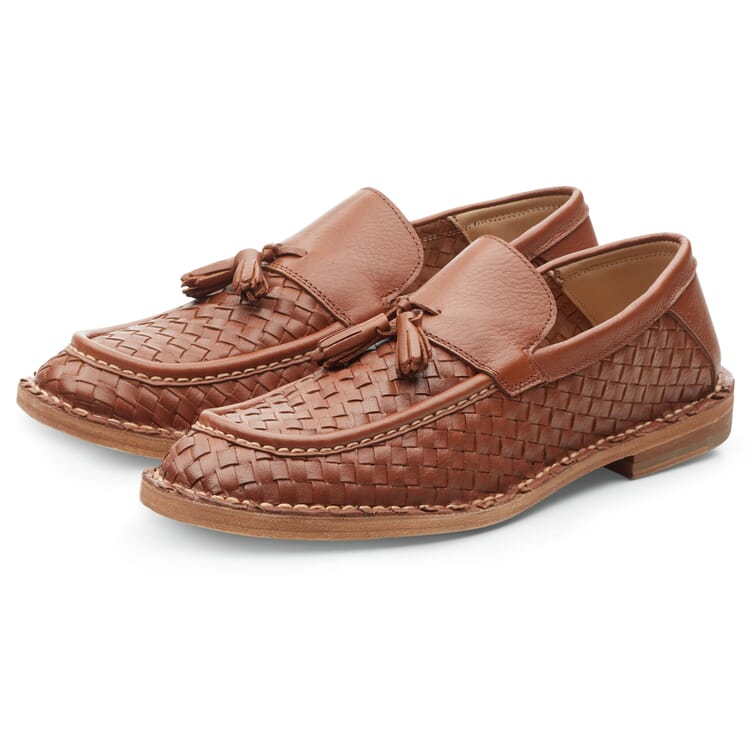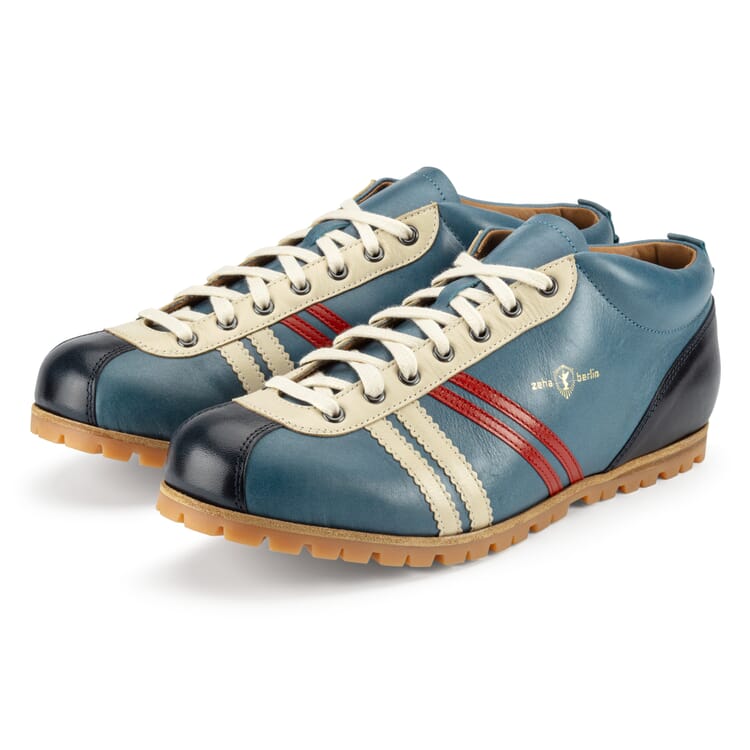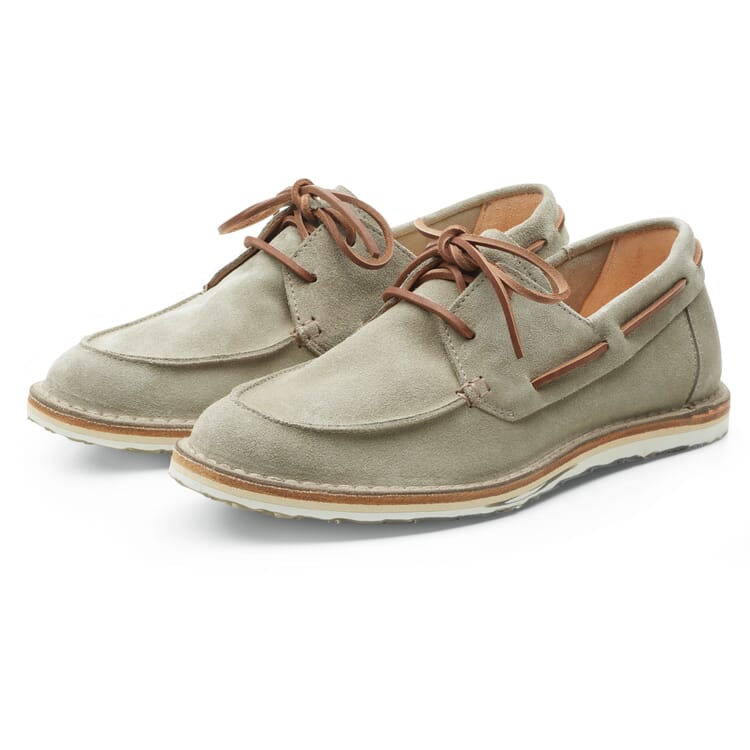Material
Calfskin. Fine and extra firm
Calves are young male and female animals of bovine species (Bovidae) that have not yet reached the age of one year and weigh less than 150 kilograms. Calfskin is obtained from the skin of calves fed almost exclusively on milk. For this reason, they have a finer grain compared to those already receiving solid food. The main suppliers include Bangladesh, Europe, South and North America.
The properties of calfskin
Calf leather has an even, dense grain pattern, which is due to the closely spaced hair pores. Compared to the skin pattern of adult cattle, the pores are distributed over a smaller area. For this reason, calfskin is of higher quality and is preferred for fine leather goods such as accessories, clothing and shoes - Due to its exceptionally fine grain pattern, calfskin has a very uniform and smooth structure - Similar to cowhide, calfskin is nevertheless tear and abrasion resistant due to its long and tightly interwoven fibers. It is robust and sturdy and can withstand even heavy use. Products made from it, such as our bags, wallets and shoes, are therefore extremely durable - In addition, calfskin is thin and light, which is why it is very comfortable to wear.
Exceptional and valuable: Boxcalf
Boxcalf comes from calves no older than five or six months. Boxcalf is extremely supple and elastic, yet tear-resistant and durable. It is preferably used in the upscale clothing segment. Its advantages are particularly evident in our men's shoes, bags and accessories.
High-quality leather requires little care. Frequent wear is enough, because the movement continuously tumbles the leather and it remains supple. The color and surface of the leather change with use, as well as through light and weather influences: Over time, an individual patina develops, which at the same time protects the leather and should therefore not be "cleaned out". Dirt can be cleaned with a damp sponge and a little neutral soap. Make sure that the leather is not completely soaked. After that, you should rub the damp area with a lint-free cloth and let it dry. Rub rough leather additionally with a crepe brush after drying. This will roughen up areas that have become smooth again.
Selected products with calfskin
Recommended Topics
Nappa leather is a dyed-through leather that is processed with the hair side facing out, i.e. on the grain side. The natural grain structure must be completely preserved and must not be altered by mechanical processes such as grinding, abrading or embossing. This is also referred to as full-grain leather.
View moreLeather lives. Treatment with greasing care products not only makes it more beautiful, but also gives it back the fluidity that ensures that friction and wear are reduced and delayed in the fiber structure of its material composition.
View moreTanning is the process by which animal hide acquires its resistance to water and decay. Protein fibers are converted into leather fibers in the process - a process that cannot be replicated synthetically. In addition to the nature of the raw material, the type of tanning determines the quality and properties of the leather end product: the strength, stretchability, water tolerance, hardness or suppleness of the leather are largely determined by the tanning process.
View more


